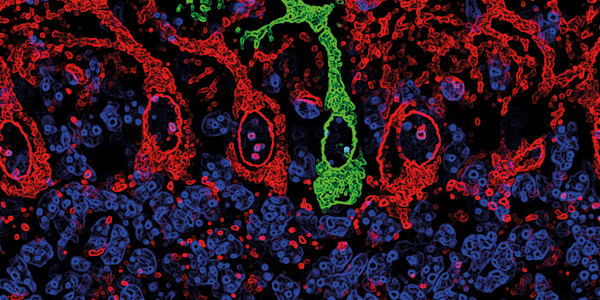
Diagnosing Alzheimer’s and related diseases is tricky; these conditions are still diagnosed clinically and can only be confirmed on autopsy. However, the field of biomarkers for neurodegenerative diseases is promising – and a test known as the ATN framework can help.
The framework looks for pathologic amyloid plaques (A), tangles (T), and neurodegeneration (N) in patients’ cerebrospinal fluid. New research reveals that adding another marker, neurofilament light chain, allows diagnosticians to distinguish between Alzheimer’s disease and frontotemporal generation (1), two conditions that share a variety of symptoms and can be difficult to differentiate.
“Alzheimer’s is a diverse disease, and it is common for other conditions to also be present in the brain,” said lead investigator Katheryn A.Q. Cousins (2). “The ATN framework may provide a more complete look at a person’s diagnosis and give us a much richer understanding of not only Alzheimer’s disease, but other co-occurring neurodegenerative conditions. However, to accomplish this, additional biomarkers that can detect other neurodegenerative conditions are critically needed.”
References
- KAQ Cousins et al., Alzheimers Dement, 17, 822 (2021). PMID: 33226735.
- Penn Medicine (2021). Available at: https://bit.ly/3jBXBeN.




